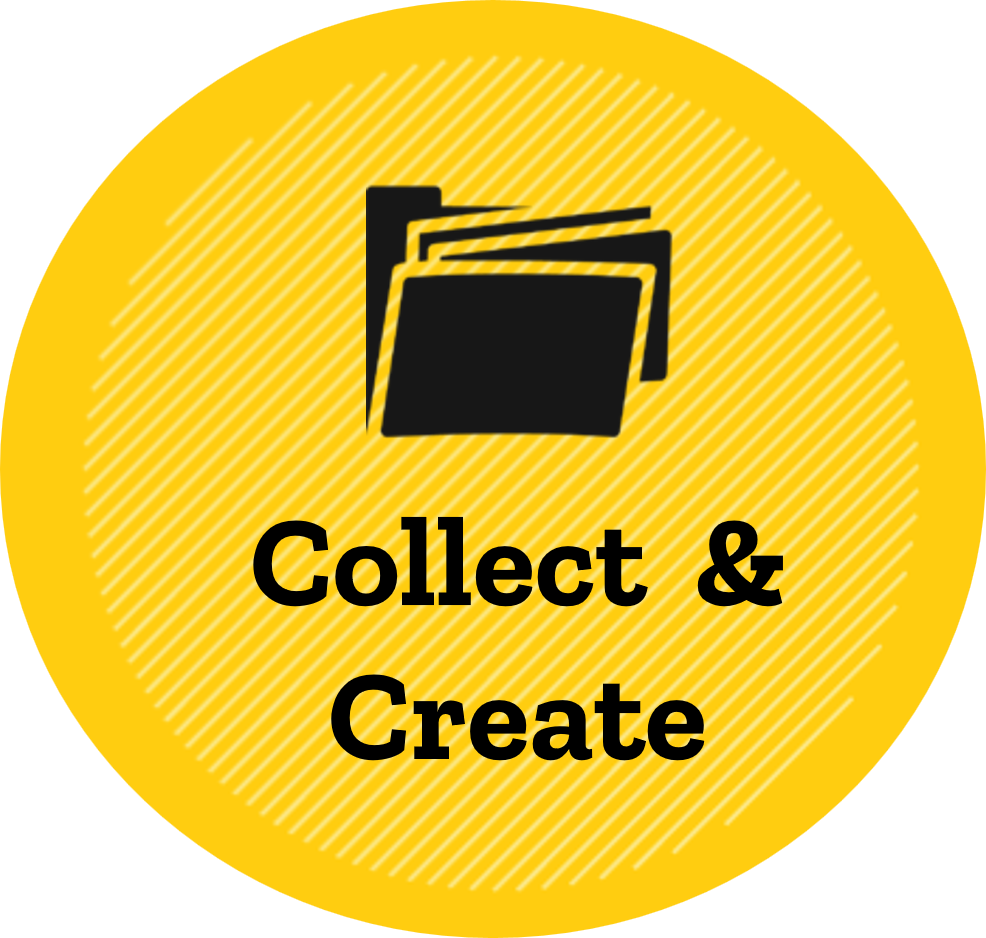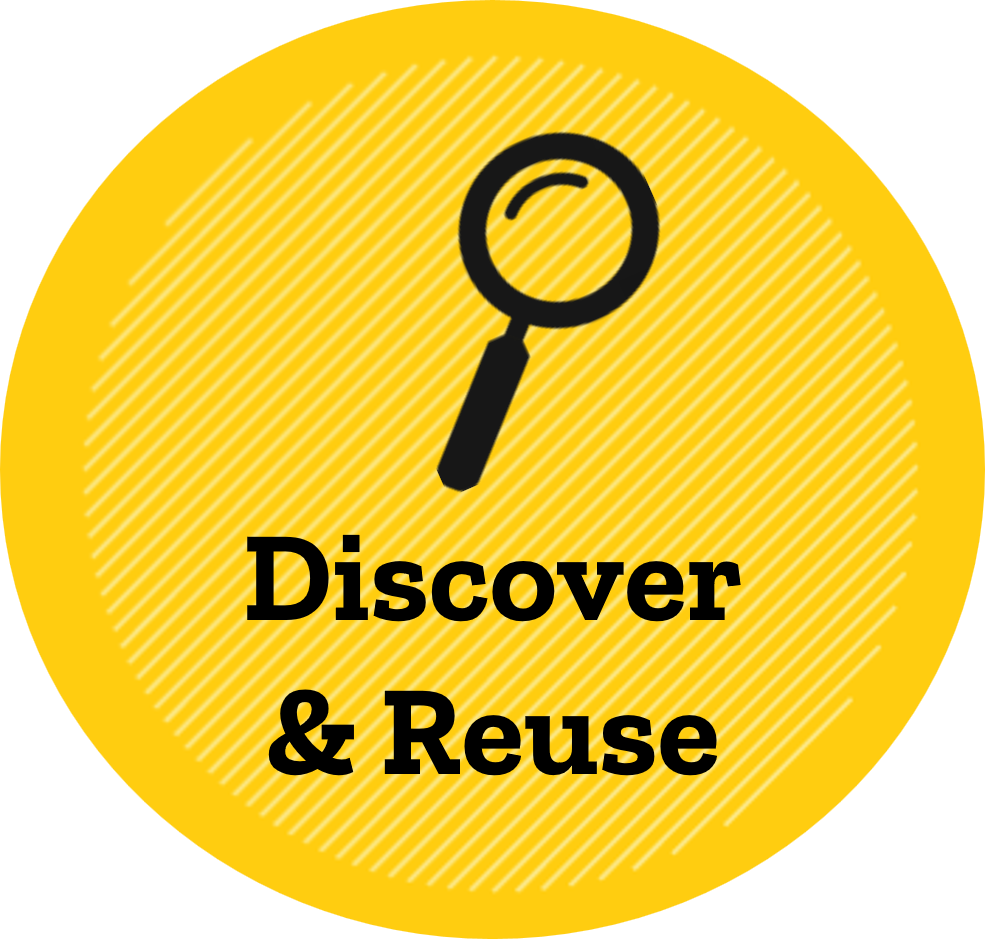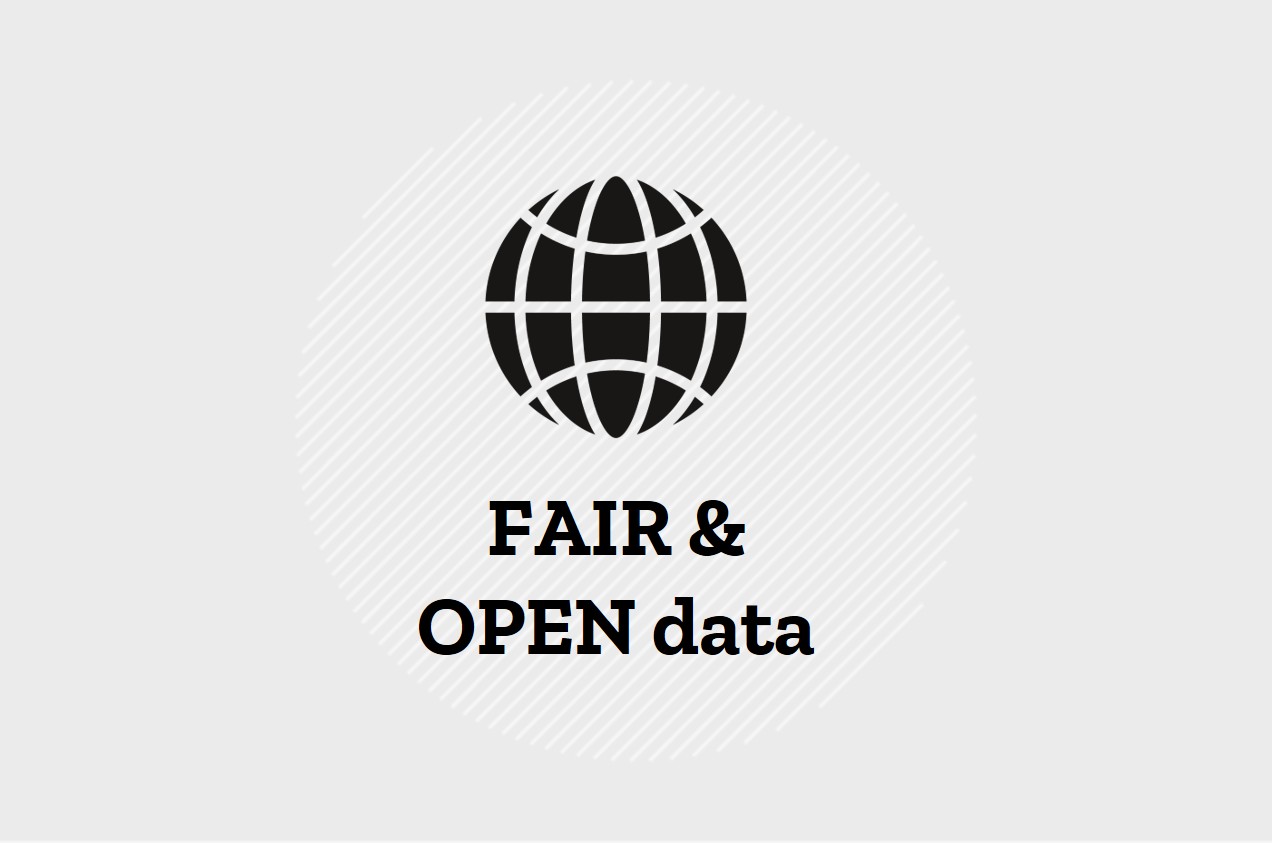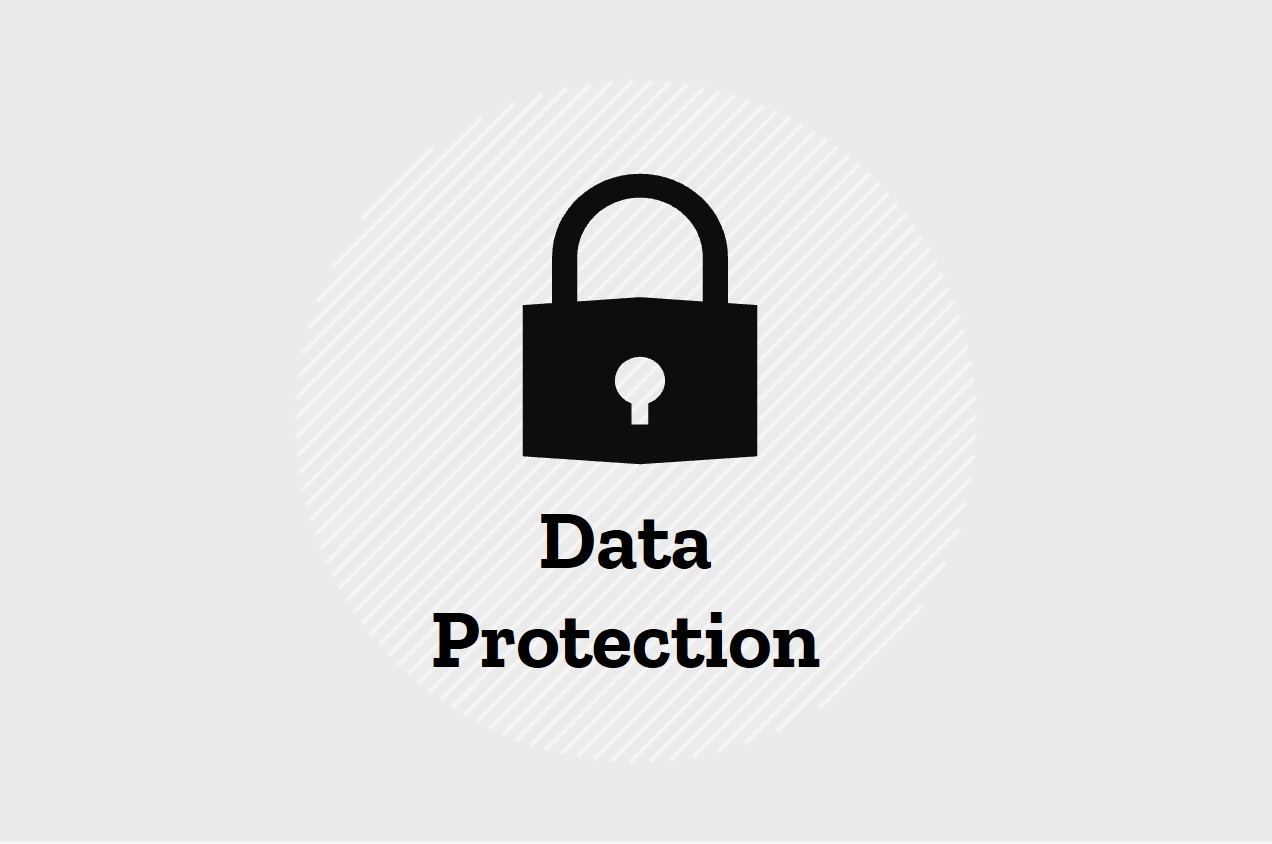— UNDER CONSTRUCTION: this page is being updated —
Research data management actions and resources will depend on the stage of the data lifecycle, the specifics of the research project and the type(s) of data.
Below you will find information and useful resources for each stage of the data lifecycle.
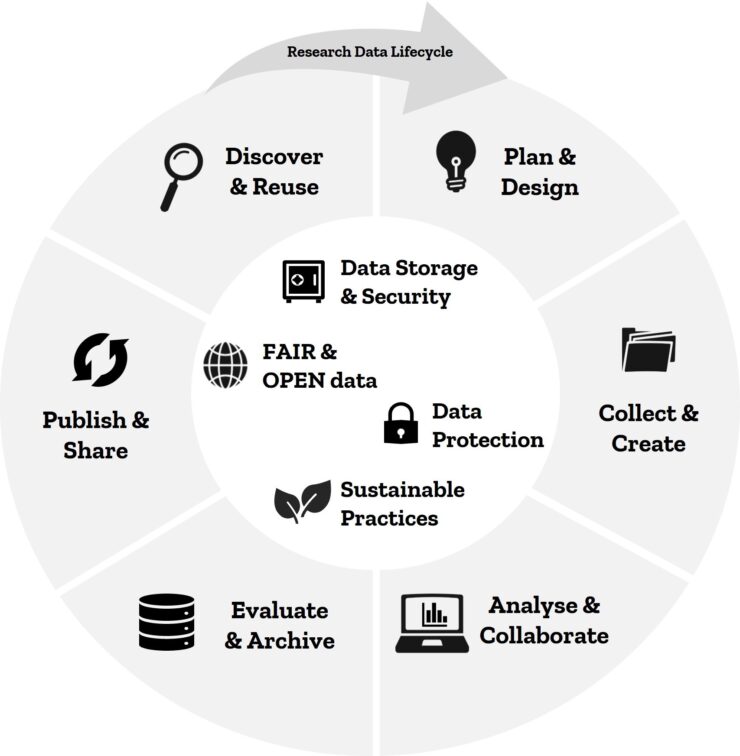
Do you have questions or doubts or would like to plan a 1 – 1 consultation?



